BDR Times
BDRTimes.riken.jp is RIKEN BDR’s online news site for people who are interested in science. It features recent progress in BDR’s research, interviews of BDR researchers, and overview of outreach events.
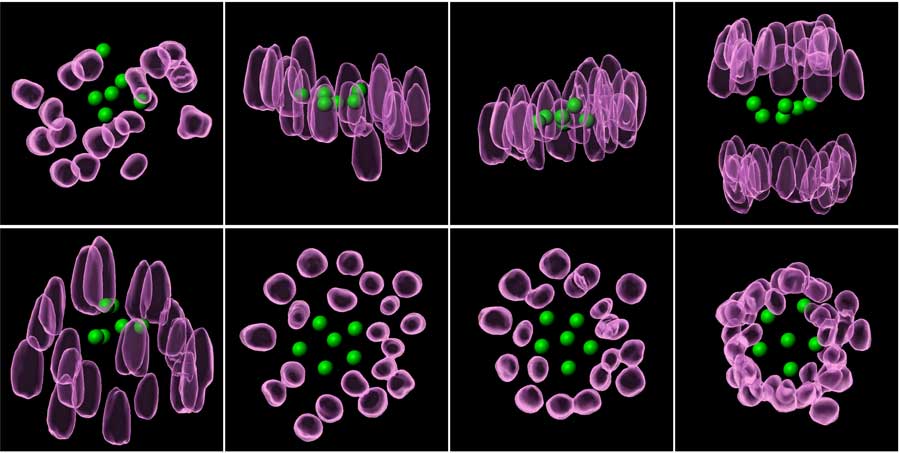
Vol.17 – 2024 Winter
Mysterious stone circle?
These images show the behavior of chromosomes (purple) and artificial kinetochore beads (green) within the cell during metaphase, when they align on the same plane.
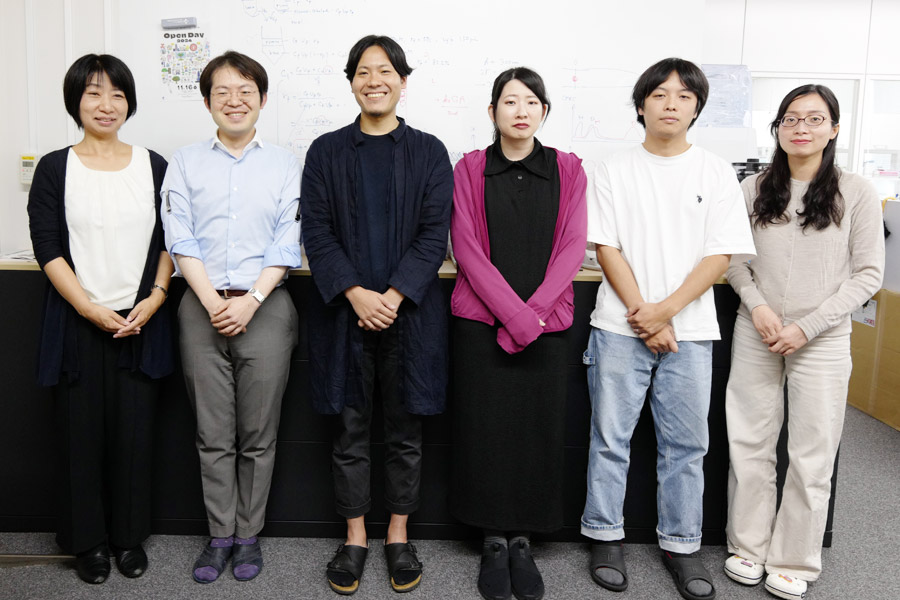
Laboratory for Bottom-up Cell Biology
This time we hear from Dr. Makito Miyazaki, team leader of the Laboratory for Bottom-up Cell Biology, about his research and laboratory. The laboratory was established at the BDR in April 2023.
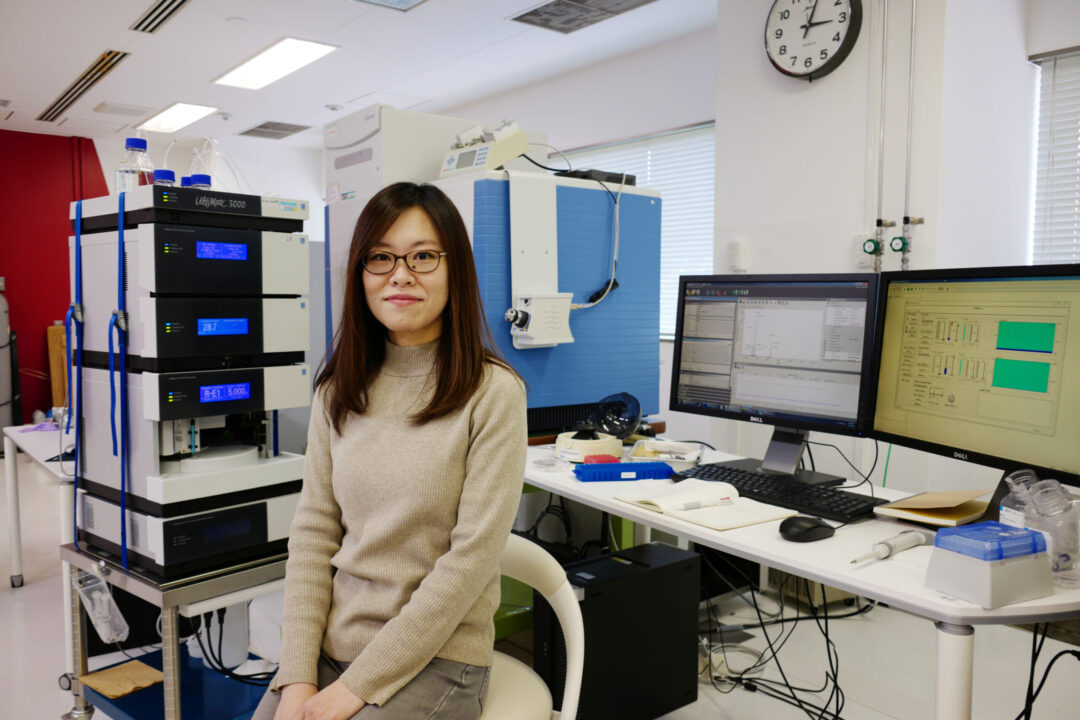
Measuring Various Things with Mass Spectrometers
Dr. Hina Kosakamoto from whom I learned about nutrition research using fruit flies, introduced me to my next interviewee, Dr. Keiko Masuda. Dr. Masuda is an expert in mass spectrometry. Through this interview series, I’ve heard a lot about genes and cells, but this is the first time mass spectrometry has come up.
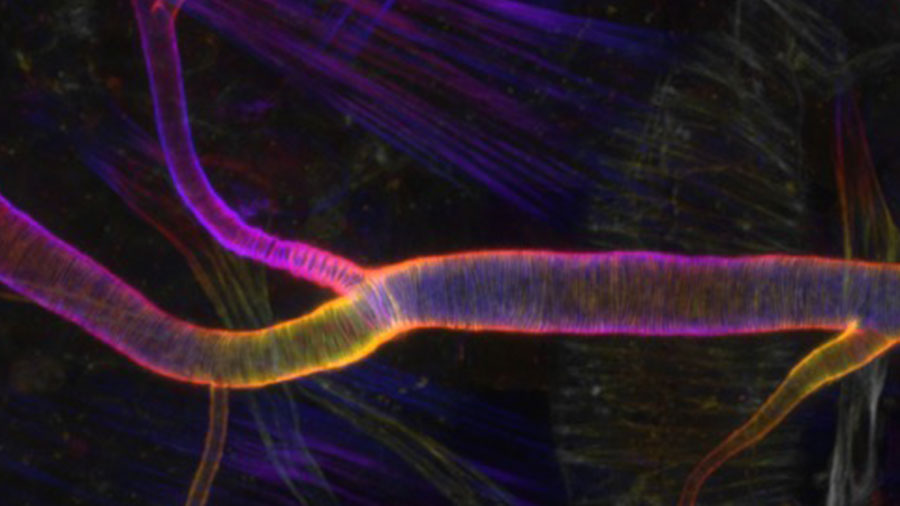
Research Highlights
Pain-killer with less side effects, how tubular structures form in the body, and a novel drug to treat cancer—Research Highlights articles and press releases between April and July 2024.
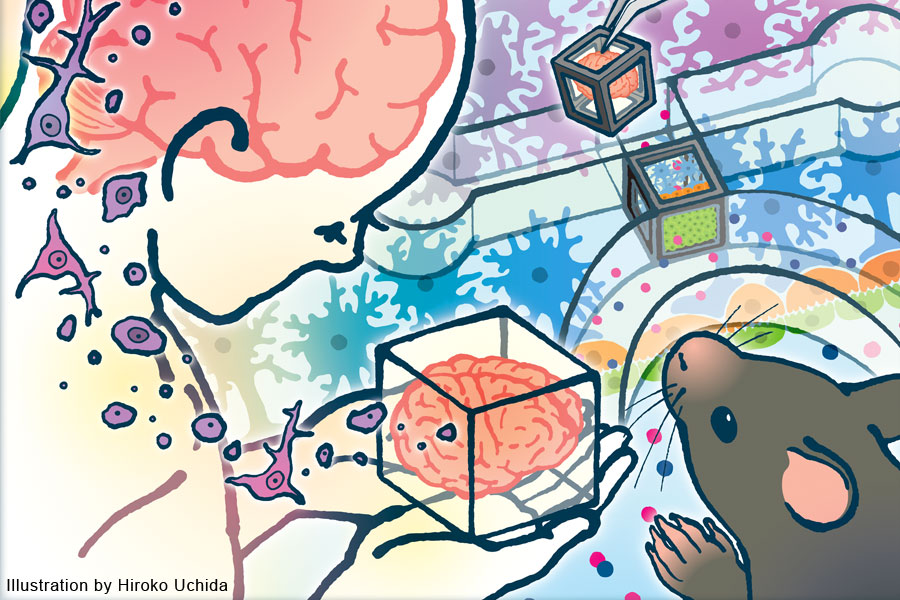
Research Highlights
Organ-specific design principles, dietary restrictions and longevity, and an alternative to animal models in pre-clinical studies.
Research highlights articles and press releases between December 2023 to May 2024.
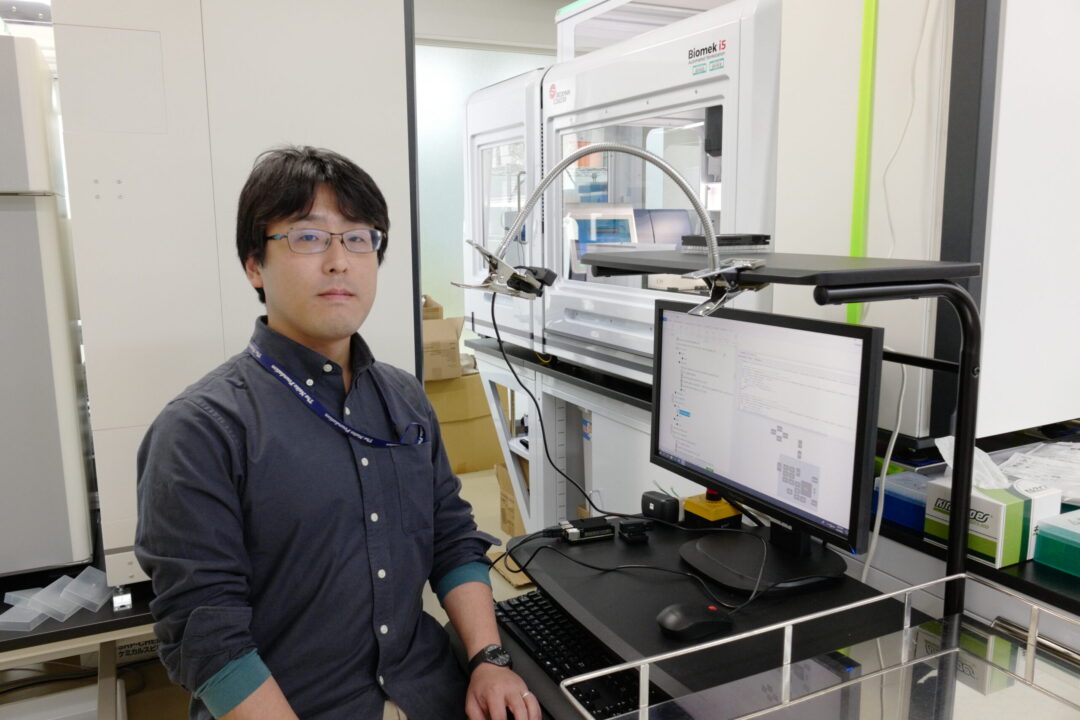
What’s Important for Experimental Automation?
This time I talked to Dr. Atsushi Shibai, who works in a laboratory that researches experimental evolution and experimental automation. I previously talked to Dr. Uchida from the same laboratory about her research using medaka fish, but I heard that Dr. Shibai is more of an engineer-minded person…
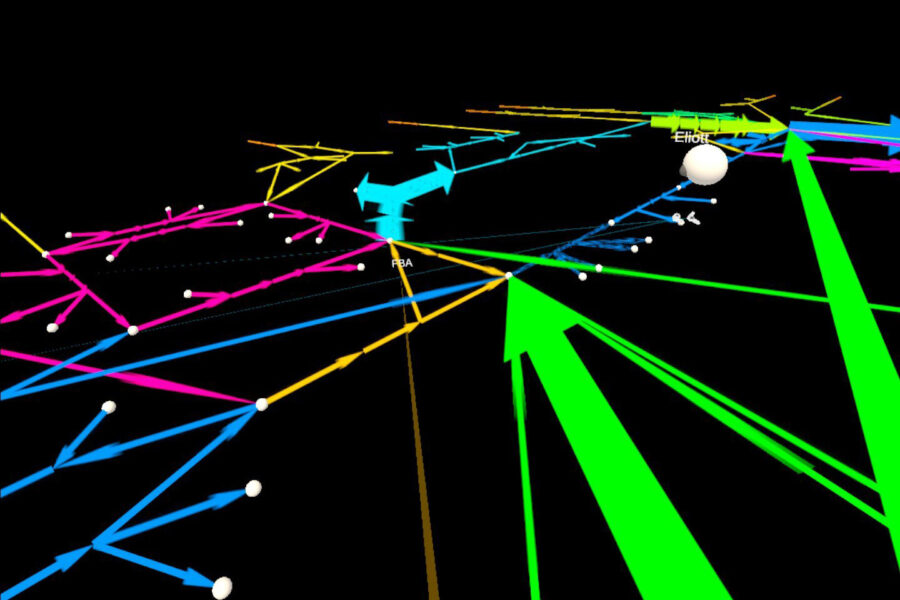
Vol.16 – 2024 Summer
A car navigation screen?
This is a simulation model of the network of chemical reactions (metabolic pathways) occurring within the cell visualized in a virtual reality platform. The metaverse platform allows multiple researchers to analyze and build models collaboratively within a virtual space.
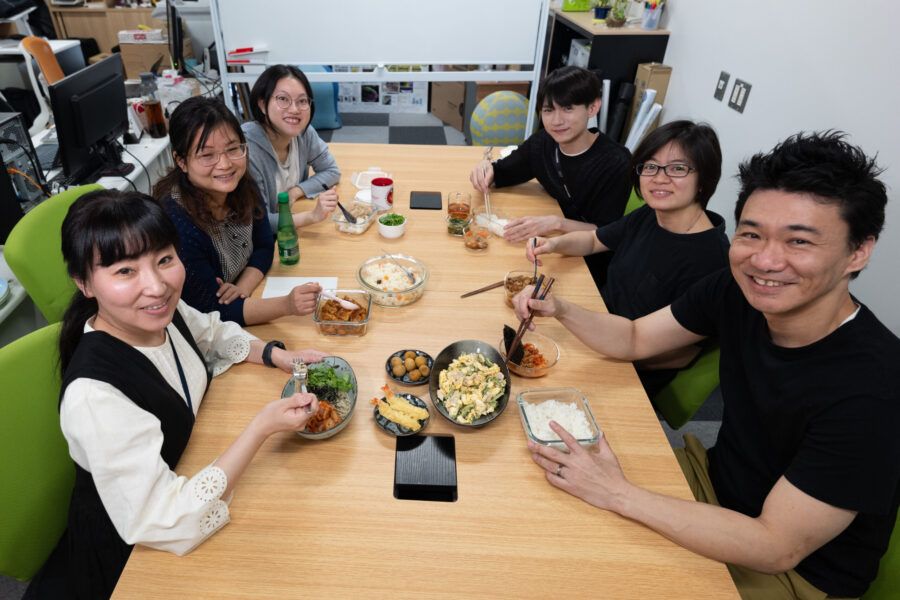
Human Biomimetic System RIKEN Hakubi Research Team
This time we hear from RIKEN Hakubi Team Leader Masaya Hagiwara, who leads the Human Biomimetic System RIKEN Hakubi Research Team that joined the RIKEN BDR in April 2023, about his laboratory.
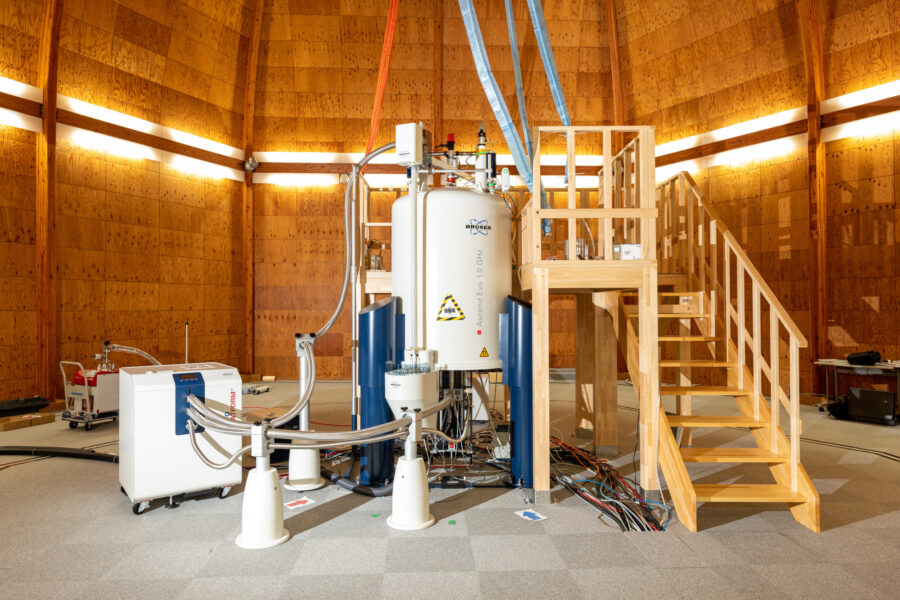
4K 1 GHz NMR Spectrometer
West NMR Complex, Yokohama Campus
The NMR spectrometer uses nuclear magnetic resonance phenomenon to study the structure of molecules. A strong static magnetic field of 23.5 Tesla is applied to the center of the cylinder by a superconducting magnet cooled to -269℃.
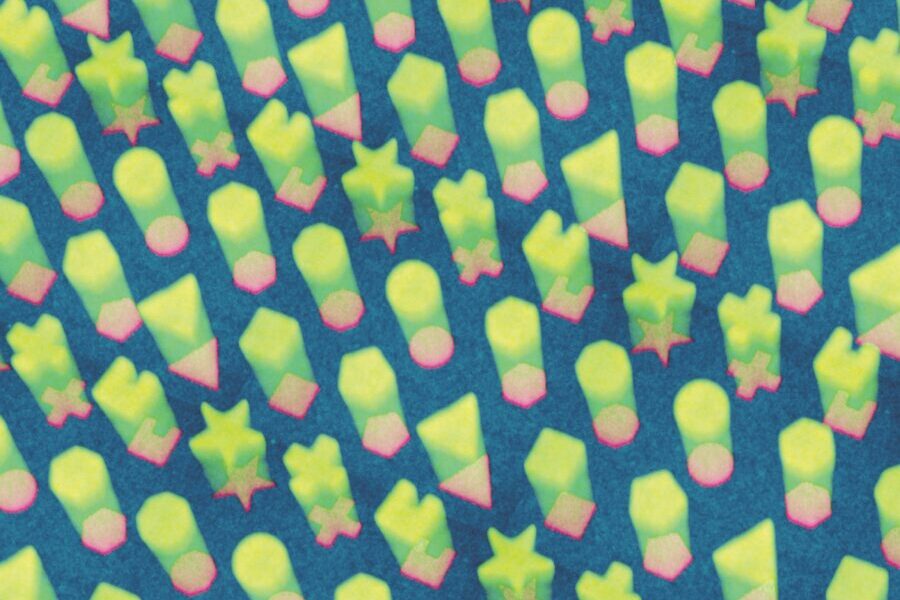
Vol.15 – 2024 Spring
Put the blocks through the holes…
This is an experiment showing the technology allowing scientists to build 3D structures of actin, a protein acting as the cell skeleton. When various subcellular-sized shapes (pink) were drawn on a sheet mimicking the cell membrane (blue), actin (green) was self-assembled into pillars with maintaining the drawn shapes.
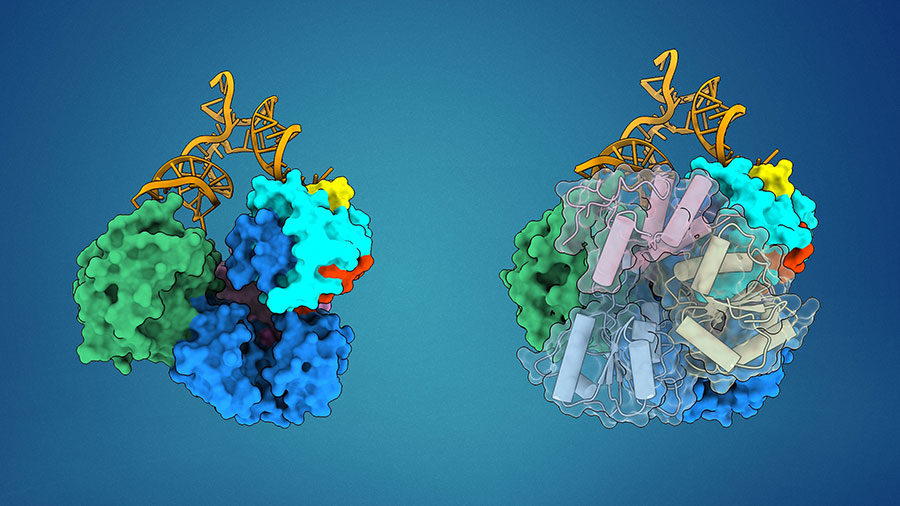
Research Highlights
Rhythms behind zigzag hair growth, capturing atomic picture of dengue virus replication, parasitic worms manipulate the host mantis, organ preservation and human hibernation, and more.
Research highlights articles and press releases between May 2023 to November 2023.
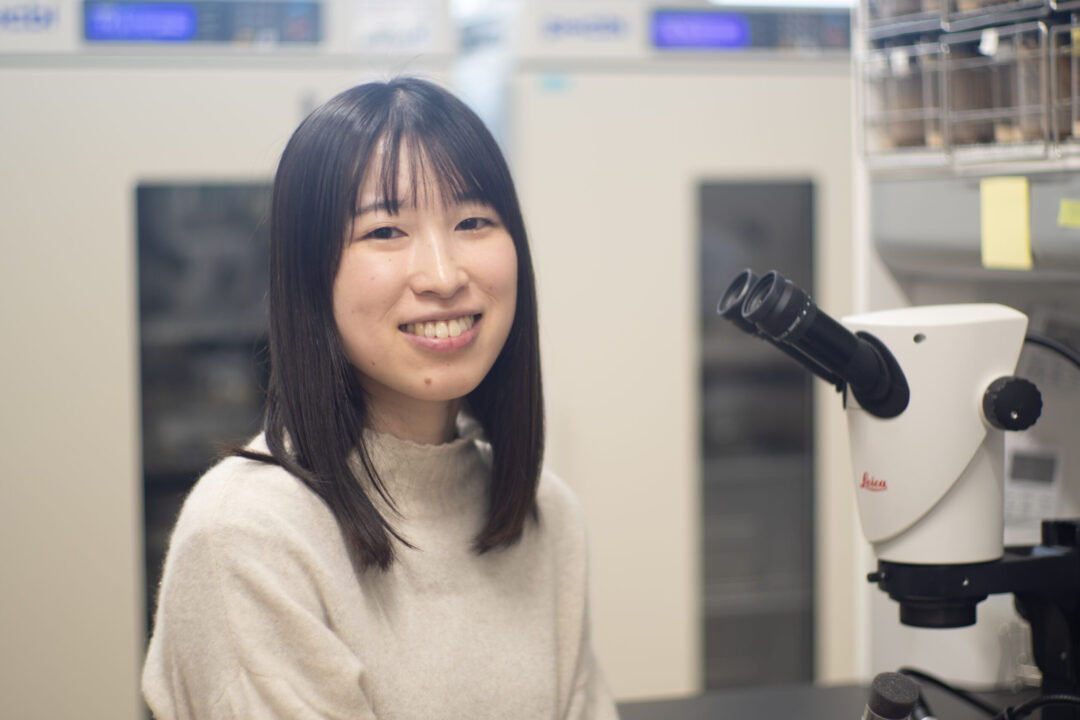
The Desire to Explain Nutrition Properly
Dr. Chika Takahashi who talked about her research using the short-lived killifish, introduced me to Dr. Hina Kosakamoto, who works with the fruit fly. As the name of the lab she works in includes the words ‘nutritional biology,’ I went to the interview hoping that I would be able to learn something that might be useful for dieting.

Kobe Bridge and Portopia Bridge
Chuo Ward, Kobe
Kobe’s city center of Sannomiya is connected to the man-made Port Island by two bridges and one undersea tunnel. This photo of the illuminated Kobe Bridge was taken from the Port Island side.
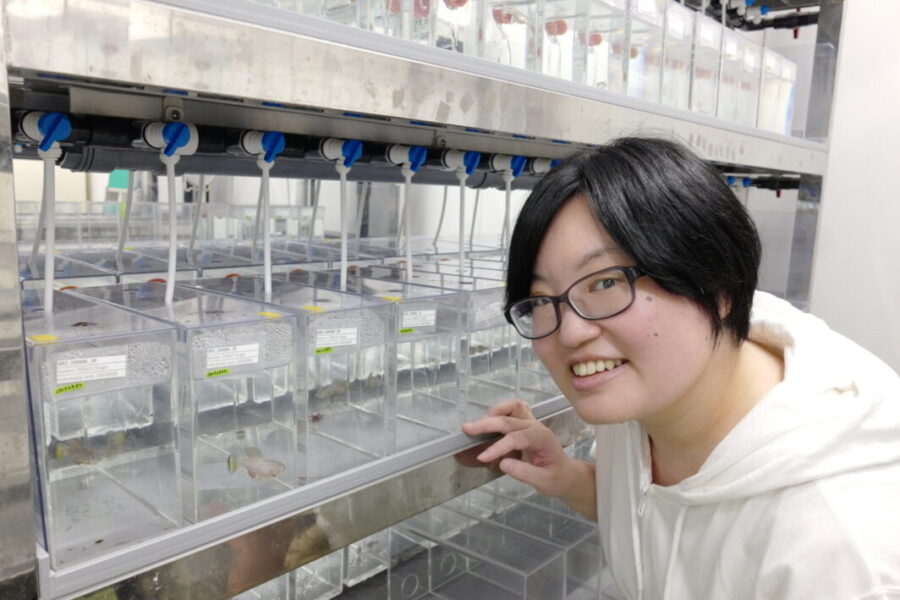
A new model organism for lifespan research
This time, I sat down to talk to Dr. Chika Takahashi in the Laboratory for Molecular Biology of Aging, the same lab as Dr. Uno, who I previously interviewed about his research on lifespan using C. elegans. The theme this time also seems to be related to lifespan but I heard that she is using […]

Vol.14 – 2023 Autumn
Rain clouds detected by radar?
This is an image of proteins regulating genes in the cell nucleus. In an effort to reveal the behavior of genes in the nucleus of ES cells in two different states, the proteins, which are moving too rapidly to be captured by a camera, are manipulated to fluoresce the moment it binds to DNA.
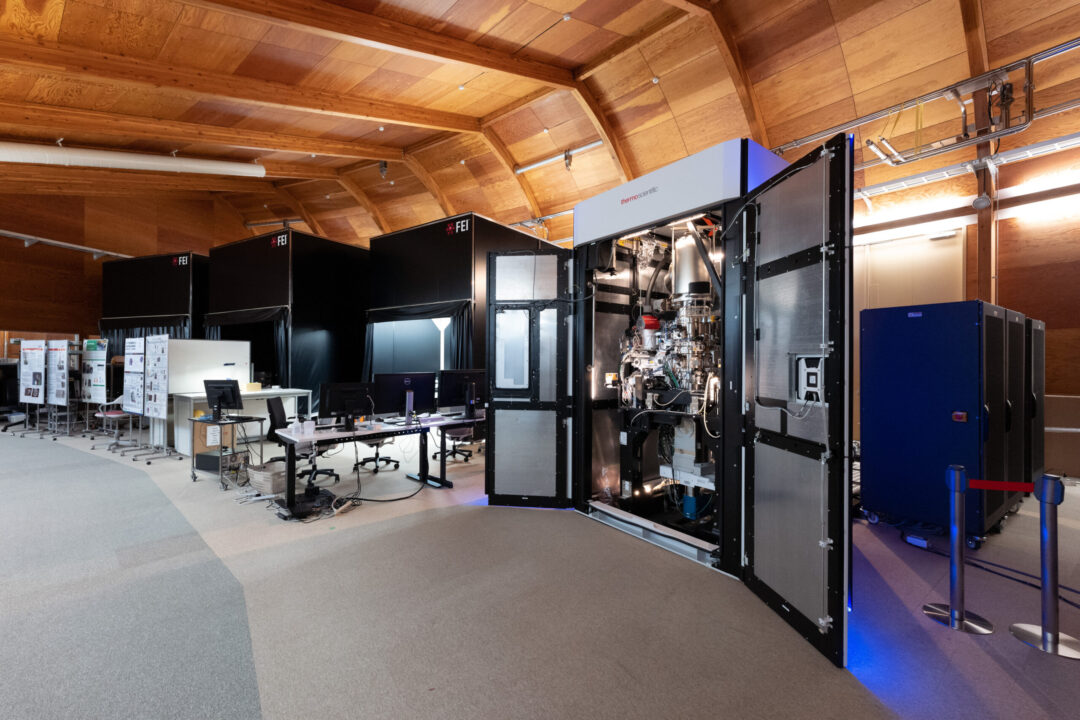
High-end 300kV cryo-electron microscope
Central NMR Complex, Yokohama Campus
The three cryo-electron microscopes (cryo-EMs) housed in the Central NMR Complex, aligned in a row. On the far right with its enclosure doors open is the latest, state-of-the-art cryo-EM that is equipped with an electron emission gun with an acceleration voltage of up to 300kV.
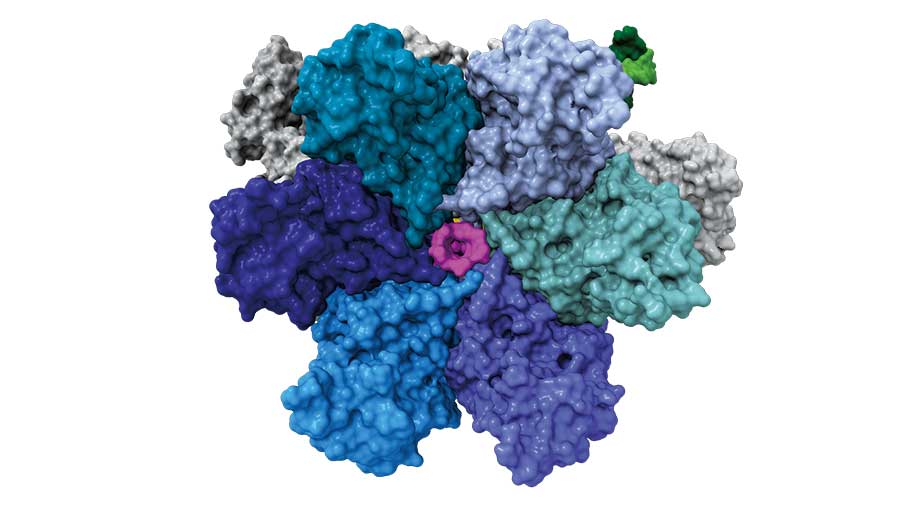
Vol.13 – Summer 2023
A six-winged pinwheel?
This is the transcription termination factor Rho. It is a ring-shaped structure consisting of a hexamer that forms a tunnel in the center for the RNA (magenta) to pass through. When Rho attaches to the RNA polymerase (white and gray) during transcription, it uses this tunnel to pull the RNA out and terminate transcription at the appropriate time.
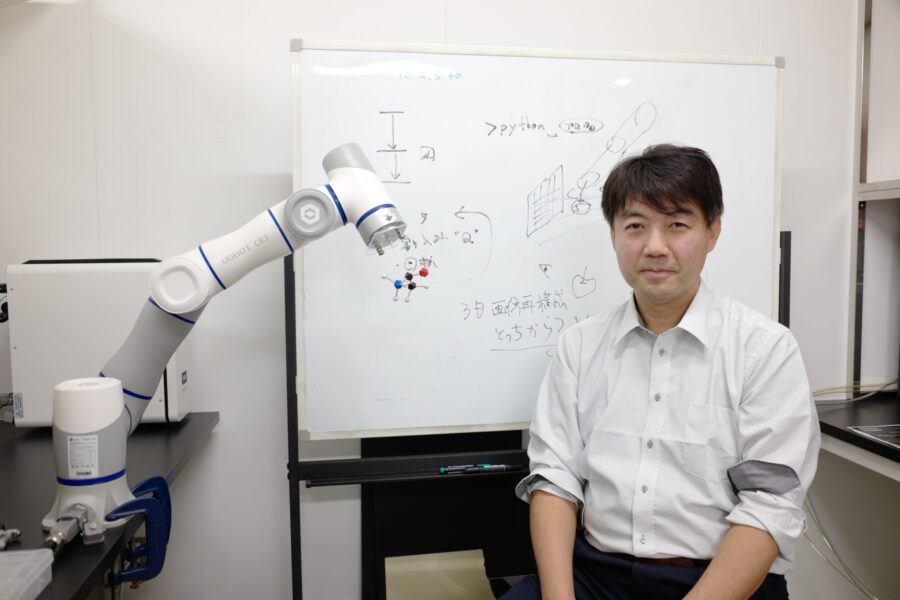
A physicist contemplating the origins of living things
Dr. Yousuke Ohno, who I previously interviewed about MDGRAPE, had told me that he had been intrigued by a recent Japanese press release suggesting that amino acids could be generated even without nitrogen, so I went straight to the horse’s mouth and talked to Dr. Tomonori Fukuchi who was involved in that study. I was […]

View from the eighth floor of the Integrated Innovation Building
Kobe Campus
The sunrise over Osaka Bay viewed from the east side of the top floor of the RIKEN Integrated Innovation Building (IIB), which is located on Port Island, an artificial island. Silhouettes of the gantry cranes along the wharf emerging in the morning sun.
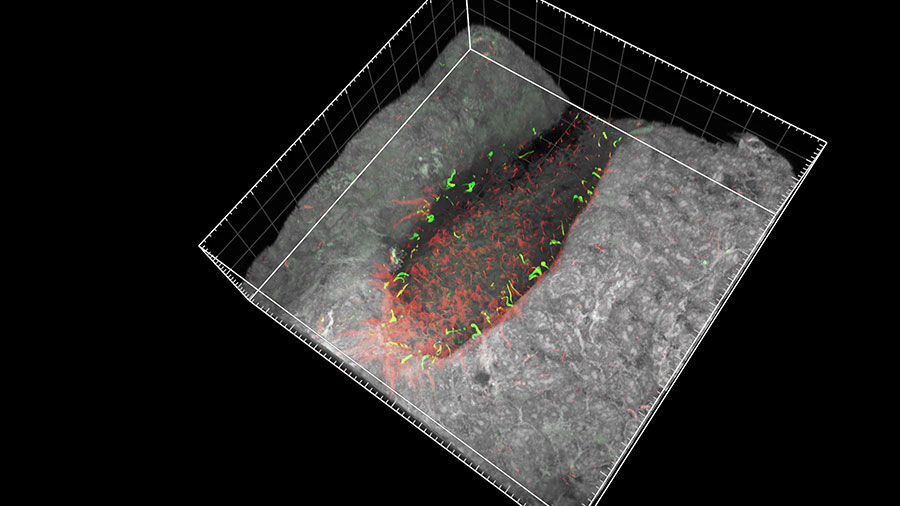
Research Highlights
Research highlights articles and press releases between November 2022 to April 2023
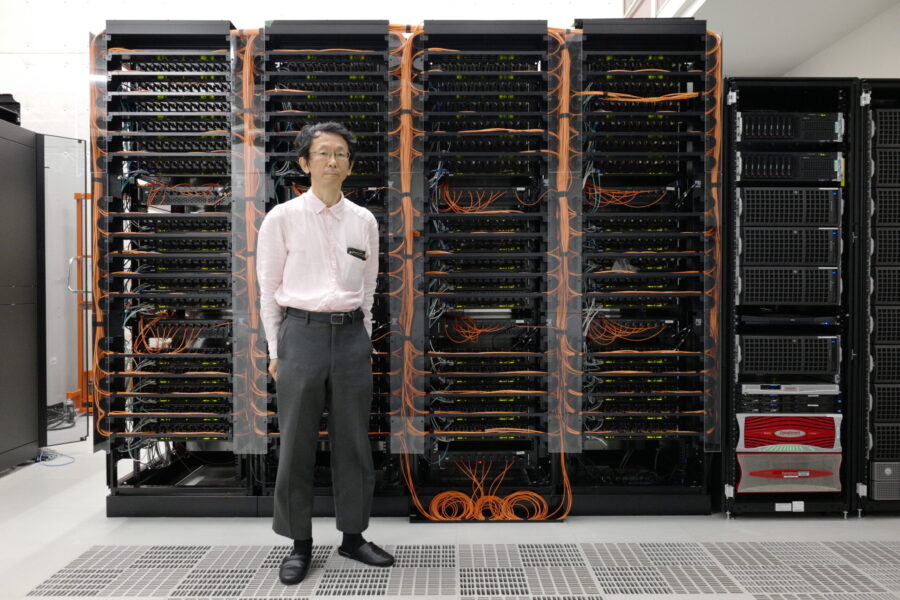
Taking on the world with a unique computer
This time we have Dr. Yousuke Ohno, who works on the design of MDGRAPE, a computer specialized for running molecular dynamics simulations. If you really think about it, the development of MDGRAPE has been going on since before 1990, which was around the time when Windows 3.1 was finally released. Looking back now, isn’t it […]
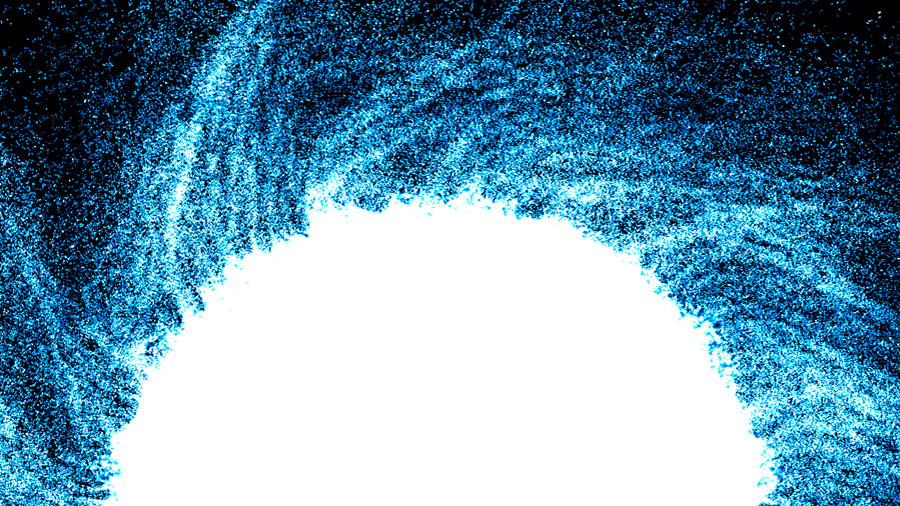
Vol.12 – Winter 2023
A blue sun?
This is an aggregate of neural stem cells and the outflow of these cells from the aggregate. At high densities, neural stem cells align their elongated shapes and radially crawl out of the aggregate. Their weak clockwise cell motility becomes accentuated at the collective migration level, resulting in the appearance of a spiral formation that is visible to the naked eye.
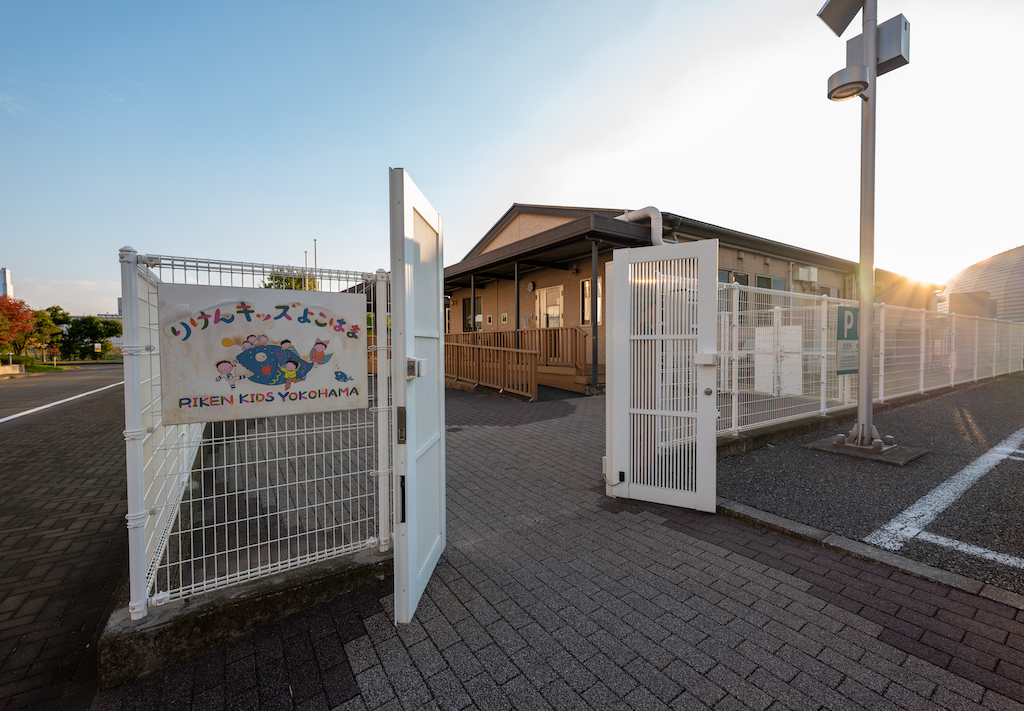
RIKEN Kids Yokohama
Yokohama Campus
A childcare facility situated on RIKEN premises specifically for use by RIKEN employees. Both research and administrative staff are eligible to use the childcare services.
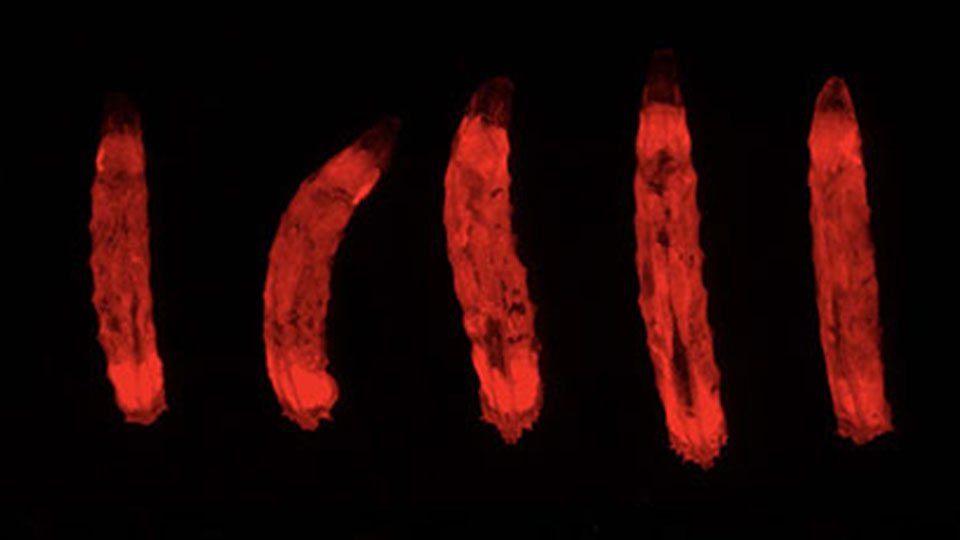
Research Highlights
How to regulate protein intake, cells that sense mechanical forces, the possibility of regenerative medicine for the heart, and hormones make fathers.—Research highlights articles and press releases between July and October 2022.